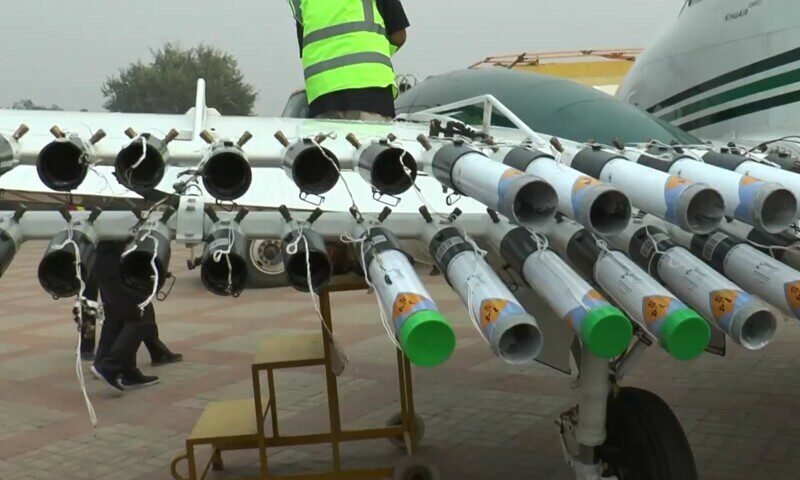Lahore, 19 December 2023 (TDI): Pakistan’s Punjab province uses artificial rain for the first time on Saturday to address dangerous smog in Lahore.
Therefore, Caretaker Chief Minister of Punjab, Mohsin Naqvi, acknowledges the ‘gift’ of inducing artificial rain from the United Arab Emirates. Teams from the UAE, equipped with two planes, initiated the process 10 to 12 days ago, using 48 flares to induce rain.
The provincial government discloses that the planes equipped with cloud seeding equipment carried out the inaugural experiment of its kind in the South Asian country. They have covered 10 areas of the city, which are often cited as one of the worst globally for air pollution.
In the arid expanses of the UAE, cloud seeding is on the rise as a method to create precipitation which consequently reduce smog.
The weather modification includes the release of common salt or various salt mixtures into clouds. This encourage the condensation necessary for rain formation.
Also Read: Air Pollution: The driver of a global health crisis
According to experts, even minimal rainfall proves effective in lowering pollution levels.
Despite contributing less than 1 percent of global carbon emissions, Pakistan is positioned among the top 10 most climate-vulnerable nations. Pollution in major Pakistani cities stems from year-round factors like vehicle emissions and factory output, while seasonal issues include stubble burning, worsened by trapped cold air at ground level.

Lahore, historically known as the City of Gardens, suffers the most due to soaring air pollution and smog. This situation become severe in cooler months as temperature inversion traps pollutants close to the ground, consequently exacerbating the situation.
Lahore recorded hazardous levels of PM 2.5 pollutants on Saturday. The levels surpassed World Health Organization danger limits by over 66 times.This artificial rain method has improved this worsening situation
A dedicated student of International Relations at the University of Karachi (UOK), and a passionate explorer of Long-form Journalism. She is keen to understand the changing dynamics of International Affairs and how states use multi-vector foreign policy in a contemporary era to acquire their interest. She is eager to contribute to the discourse on Intricate geopolitical matters. She can be reached at saudha854@gmail.com



